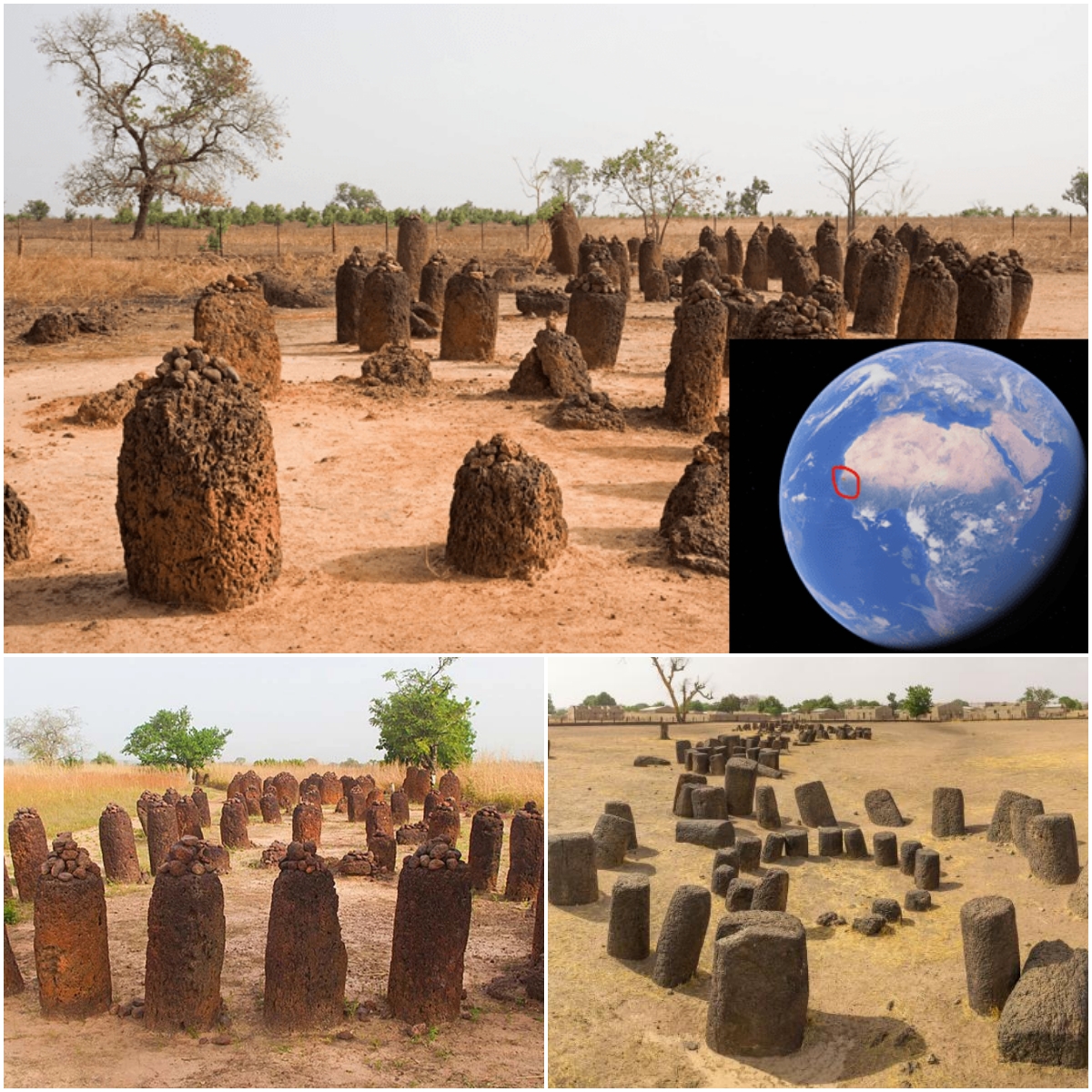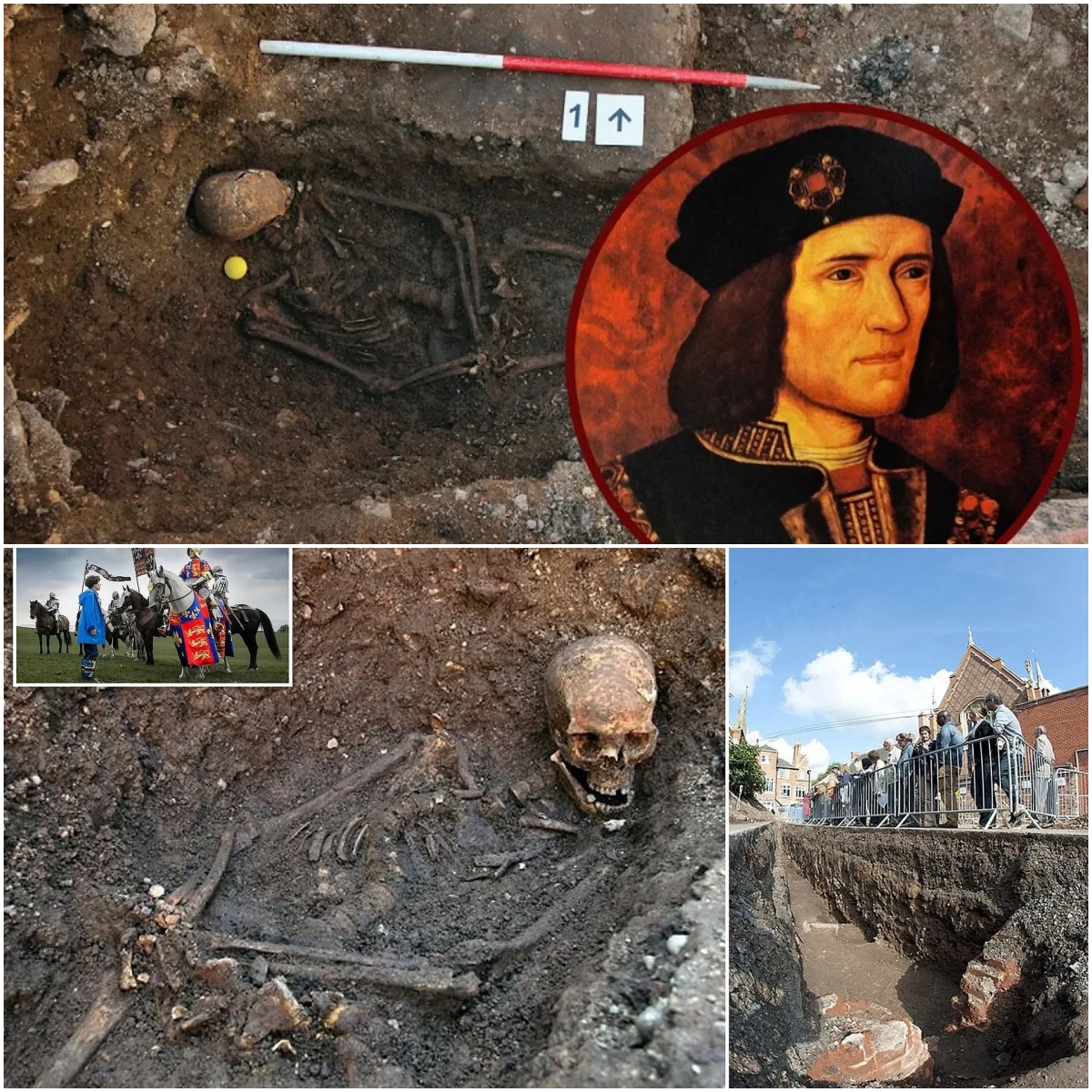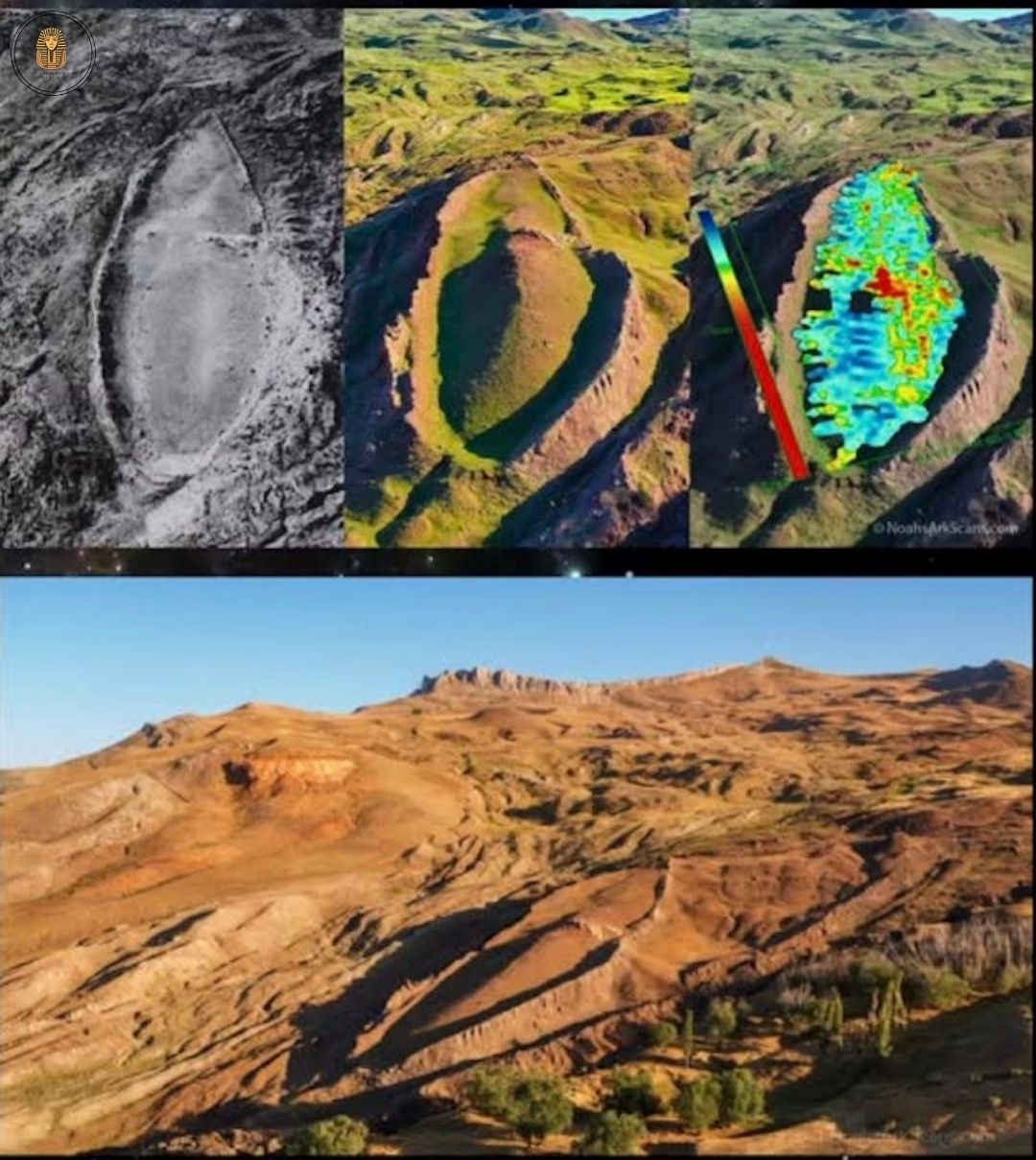115,000-Year-Old Footprints: Early Humans in Arabia
Archaeologists have discovered ancient human footprints in northern Saudi Arabia that could rewrite our understanding of early human migrations. Discovered in 2017 at a site known as Alathar, in the Nefud Desert, these footprints are believed to be 115,000 years old, making them the oldest human footprints ever found in the Arabian Peninsula. Preserved in the bed of an ancient lake, they reveal a rare insight into a fleeting moment in the lives of Homo sapiens moving across a changing landscape.
The site also contained hundreds of animal tracks, suggesting it was a vital center for life during a temperate period in Earth’s history. Freshwater lakes like Alathar provided critical resources for humans and migrating animals, creating natural corridors that shaped their journeys.

How did these footprints survive for 115,000 years?
The conservation of traces dating back more than a hundred millennia requires extraordinary conditions. Studies of modern footprints in mud reveal that they degrade in a matter of days, but remain intact. Layers of sediment covered the footprints soon after they were formed, protecting them from erosion and preserving intricate details that provide valuable information to scientists.

What makes these findings even more compelling is their clear link to Homo sapiens. Archaeologists noted that Neanderthals, another early human species, were absent from this region during the time the footprints were created. Furthermore, the size and shape of the footprints match those of early modern humans, making a strong argument in favor of their origin.
A prehistoric migratory route
The Alathar Lake bed was probably part of a migration route that extended across the Arabian Peninsula during the last interglacial period. As the climate changed, temporary freshwater lakes became essential stopovers for both humans and animals. This region may have served as a brief refuge for early humans before harsher conditions forced them to continue their journey.

Curiously, the site lacks evidence of prolonged human activity. No tools or signs of hunting were found, suggesting that early Homo sapiens visited the lake briefly to replenish their water reserves. Their fleeting presence is captured in these footprints, which now serve as a rare snapshot of prehistoric life.

The discovery of the Alathar footprints offers more than just evidence of ancient human migration: it provides a tangible connection to our ancestors. These footprints tell the story of resilience and adaptation as humans ventured into difficult environments.
The footprints, preserved thanks to unique geological conditions, show that even the most ephemeral traces can endure over time. This extraordinary find not only deepens our understanding of human history, but also highlights the fundamental role of natural landscapes in shaping our past.






